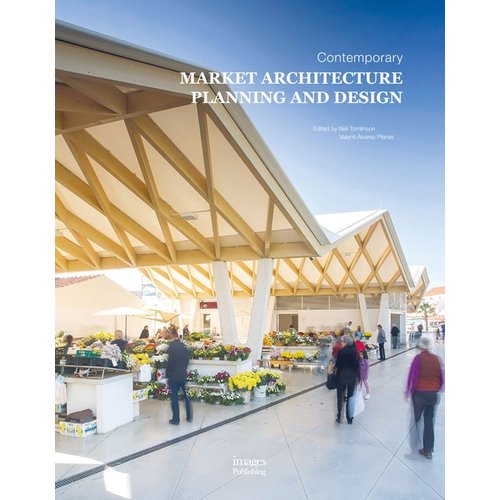Contemporary Jewish Museum
Daniel Libeskind superimposes the present on the past at the San Francisco Contemporary Jewish Museum.
Architects & Firms
Daniel Libeskind, by happenstance or design, has practically become the official architect of Jewish museums worldwide, but that trajectory was near its beginning when he received the commission, in 1998, for San Francisco’s Contemporary Jewish Museum (CJM). His Jewish Museum Berlin [RECORD, January 1999, page 76] and Felix-Nussbaum-Haus, in Osnabrück, Germany, were not yet complete, and his Danish Jewish Museum barely conceived. While those European institutions would rise in the dark shadow of the Holocaust, he and the museum determined that the CJM’s building should, instead, celebrate California’s far brighter Jewish history.
But the CJM is a curious institution that “doesn’t fit into any particular category,” admits its director, Connie Wolf. “It’s not, strictly speaking, a museum of art, or of history, or of the Holocaust, or of Judaica.” Its stated mission is to explore Jewish culture, history, and tradition through the prism of contemporary art and ideas. Like a kunsthalle, it has no permanent collection. And when founded, in 1984—occupying cramped quarters in a Financial District office building—it also had no architectural identity.
The site of the CJM’s eventual home made it tricky to carve out a distinctive, even visible, physical identity.
In the mid-1990s, the museum had acquired, for adaptive reuse, the long-vacant Jessie Street Power Substation, a landmarked, 1881 redbrick structure. Though embellished with terra-cotta swags and cherubs by architect Willis Polk, who restored it after the 1906 earthquake and fires, the power station stood publicly off limits, nearly hidden from view along a narrow lane.
Some eight decades after literally empowering the city’s rebirth, the decommissioned substation ducked the wrecking ball, when much of the neighborhood was razed for the Yerba Buena arts district. By the time the CJM arrived on the scene, the building was virtually locked in by an impinging, collagelike cluster of eclectic neighbors, including a large church and three modern high-rise hotels.
“A survivor with an auspicious history, the power station helped fuel San Francisco’s success,” says Libeskind, who credits that distinction (and the city’s positive Jewish history) with inspiring his new sections for the building, based loosely on the Hebrew letters, chet and yud, spelling chai, or “life.” Now, in trademark Libeskind style, the historic structure’s placid, redbrick shell erupts with jagged, skewed forms—the yud (an off-kilter rhomboid) and chet (a slanting, toppled L), both clad in blue steel—leaving the line between old and new decisively unblurred. Accentuated by the existing facades’ impeccable restoration, this radical juxtaposition has been likened to an iceberg crashing through a ship’s hull.
Yet, despite its sense of dynamic collision, the new building’s arrival in San Francisco was anything but abrupt. Through a protracted, 10-year process, the CJM engaged Libeskind only after parting ways with architect Peter Eisenman, whose scheme included a huge outdoor screen broadcasting breaking Mideast news. There was also a short-lived merger with Berkeley’s Judah L. Magnes Museum, which would have brought a major permanent collection of Judaica. Finally, in a changing economic climate, Libeskind’s ambitious design got downsized from 110,000 to 63,000 square feet.
Finally completed last June, the $47.5 million museum, tucked behind the historic church, is reached via a new public entry plaza. Wedged in tight, the building is never fully visible from any single vantage point. So the architecture needed “to mediate and assert its place in the city,” says Libeskind, “just as the museum, in affirming its institutional identity, struggles to mediate between different eras and histories.”


